Navigation
Stainless Steel Spring Fin Straps
You'll notice here that we recommend open heel fins with spring fin straps. Spring fin straps are popular with experienced recreational and technical divers because they are extremely reliable and easy to use. Because there is nothing to clip, snap or adjust, spring fin straps make putting on and removing your fins easy and fast, especially if you have to do it in the water! They automatically adjust to the divers feet during the dive, compensating for depth and compression of boot material. Some fins are available with string fin straps, while others will require you to buy the string fin straps as a fin accessory.
Beware of Fin Hyperbole
Fin designs are an aspect of dive equipment that seem more like fashion trends, and there seems to always be someone promoting "a better mousetrap". Most of these elaborate fin designs work fine when used to move forward at a modest speed using a flutter scissor kick, and the split fin design tests especially well in this regard. However, many designs are poor if you wish to frog kick or use almost any of the swimming techniques preferred by experienced divers in tight spaces. Full foot pockets and elaborate heel strap systems are also more likely to cause the loss of a fin in forceful swimming. Be sceptical of those "fin performance reviews" that favour the casual recreational diver. Many knowledgeable divers choose a versatile no-frills open-heel fin design with a stiff blade and a strong, reliable spring strap at an affordable price.
For more information about choosing the right scuba fins for you, please see our Scuba Fins Buying Guide.
Osprey
![]() Wreck Dive |
Wreck Dive | ![]() Shore access
Shore access
![]()
![]()
![]()
Three-Masted Wooden Schooner | Max Depth: 1 m (3.28 ft)
The Osprey was driven ashore onto Lorne Beach on the Otway Coast during an easterly gale and dragged two anchors before cables parted.
Diving and Snorkelling the Osprey Shipwreck
Some planking and frames were removed from the Osprey shipwreck site in 1973, while sometime prior to 1984 most of the remains of wreckage along the front beach at Lorne were removed by the Shire of Winchelsea in order to clean up the beach.
Depending on beach formation and sand levels, occasionally two or three of the lower frames can be seen protruding from a gutter north of, and level with the tip of the rock groyne, submerged but visible at low tide.
The area of the site is 10 metres long and between 4.5 and 5.5 metres wide.
Bass Strait Warning: Always keep an eye on sea conditions throughout any shore or boat dive in Bass Strait on Victoria's coastline. Please read the warnings on the web page diving-in-bass-strait before diving or snorkelling this site.
Osprey Shipwreck History
The Osprey was built in 1834 in Pill, England, as a 149 l-ton (151 t), three-masted wooden sailing schooner with a length of 78.8 ft (24 m), a beam of 20.7 ft (6.31 m), and a draught of 13.7 ft (4.18 m). The ship had a figurehead in the form of an Osprey.
In its earlier life under British owners, the Bristol-built three-masted wooden schooner Osprey is known to have traded between the British Isles and Indian, Asian and Australian ports such as Batavia, Ceylon, Surabaya, and Sydney (Lloyds 1835, 1840, 1845). It was sold to Hobart merchants Richard Burns and Henry White in 1843 who operated the Osprey between Hobart, Batavia, Surabaya, Melbourne and Sydney.
Between January 1849 and June 30 1850 the Osprey left Hobart Town for San Francisco, for the gold rush, arriving back in Hobart Town on 28 January 1851 (O'May). It was then sold to Melbourne merchant Rueben Burnett in October 1852, who after seven months sold it to Henry Alfred Coffey, Alexander Hill and John McFarlane all merchants of Melbourne. After a period of four months in August 1853, this Melbourne syndicate sold their shares to Geelong merchants Sydney and Richard Morrison. During this period the Osprey traded to Hobart, Adelaide, Geelong, Lorne and Portland (Syme). The Osprey was said to have been involved in the timber trade between Melbourne, Geelong and Lorne (Cecil & Carr, 1988).
Osprey Sinking
After completing a voyage from Adelaide to Geelong with six passengers and a cargo of hay, bran and flour on 10 May 1854, the next and last recorded voyage of the Osprey was from Geelong for Louttit Bay. Early on the morning of 18 June 1854 while anchored with two anchors out under the command of Captain Hawkins, an easterly gale caused the vessel to drag and be blown ashore near the mouth of the Erskine River in shallow water. Although pounding seas were breaking over the vessel there was no loss of life and most of the gear was saved (Argus 28/6/1854).
After the storm the vessel was lying on its side and was heavily sanded up, and despite the hopes of the owners it could be refloated became a total wreck. The Osprey was believed to be insured (GA 27/6/1854). Captain Hawkins had previously been fined for not putting down a second anchor during a gale on 29 March 1854 which forced him to leave Geelong under duress of weather (Syme).
The remains of the Osprey are archaeologically and historically significant as evidence of the timber trade and early development of Lorne. I's the only positively located wreck site in Louttit Bay. It is historically significant as the earliest known site of any kind associated with Lorne's settlement, and for its role in the early development of the Lorne and the Otway region generally.
See also, Heritage Council Victoria: Osprey.
Heritage Warning: Any shipwreck or shipwreck relic that is 75 years or older is protected by legislation. Other items of maritime heritage 75 years or older are also protected by legislation. Activities such as digging for bottles, coins or other artefacts that involve the disturbance of archaeological sites may be in breach of the legislation, and penalties may apply. The legislation requires the mandatory reporting to Heritage Victoria as soon as practicable of any archaeological site that is identified. See Maritime heritage. Anyone with information about looting or stolen artefacts should call Heritage Victoria on (03) 7022 6390, or send an email to heritage.victoria@delwp.vic.gov.au.
Traditional Owners — This dive site is in the traditional Country of the Eastern Maar people of south-western Victoria between the Shaw and Eumerella Rivers and from Yambuk in the south to beyond Lake Linlithgow in the north. This truly ancient Country extends as far north as Ararat and encompasses the coastal townships of Port Fairy in the west, Warrnambool, Peterborough, Port Campbell, Apollo Bay, Lorne, and Airies Inlet in the east, including the Great Ocean Road area. It also stretches 100 metres out to sea from low tide and therefore includes the iconic Twelve Apostles. "Eastern Maar" is a name adopted by the people who identify as Maar, Eastern Gunditjmara, Tjap Wurrung, Peek Whurrong, Kirrae Whurrung, Kuurn Kopan Noot and/or Yarro waetch (Tooram Tribe) amongst others. We wish to acknowledge the Eastern Maar as Traditional Owners. We pay respect to their Ancestors and their Elders, past, present and emerging.
Osprey Location Map
Latitude: 38° 32.100′ S (38.535° S / 38° 32′ 6″ S)
Longitude: 143° 58.700′ E (143.978333° E / 143° 58′ 42″ E)
Datum: WGS84 |
Google Map
| Get directions
Added: 2012-07-22 09:00:00 GMT, Last updated: 2022-04-26 16:02:15 GMT
Source: GPS
Nearest Neighbour: Cathedral Rock, Lorne, 3,969 m, bearing 35°, NE
Three-Masted Wooden Schooner.
Built: Pill, England, 1834.
Sunk: 18 June 1854.
Lorne, Otway Coast.
Depth: 1 m.
[ Top ]
DISCLAIMER: No claim is made by The Scuba Doctor as to the accuracy of the dive site coordinates listed here. Should anyone decide to use these GPS marks to locate and dive on a site, they do so entirely at their own risk. Always verify against other sources.
The marks come from numerous sources including commercial operators, independent dive clubs, reference works, and active divers. Some are known to be accurate, while others may not be. Some GPS marks may even have come from maps using the AGD66 datum, and thus may need be converted to the WGS84 datum. To distinguish between the possible accuracy of the dive site marks, we've tried to give each mark a source of GPS, Google Earth, or unknown.
Copyright © 2005-2022 by The Scuba Doctor Australia, ABN 88 116 755 170. All rights reserved.
tel. +61 3 5985 1700 :: email. diveshop@scubadoctor.com.au :: Web site by it'sTechnical 2022

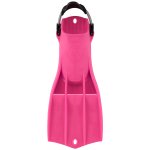
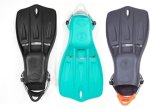
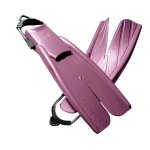
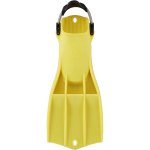
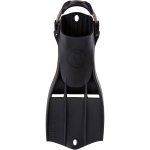
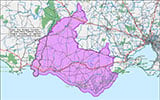



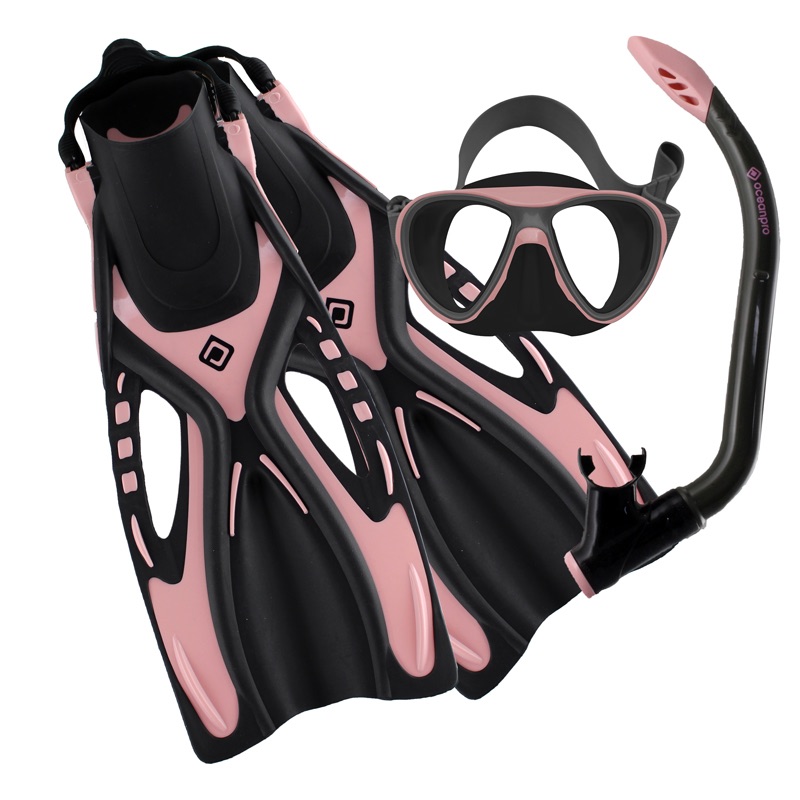







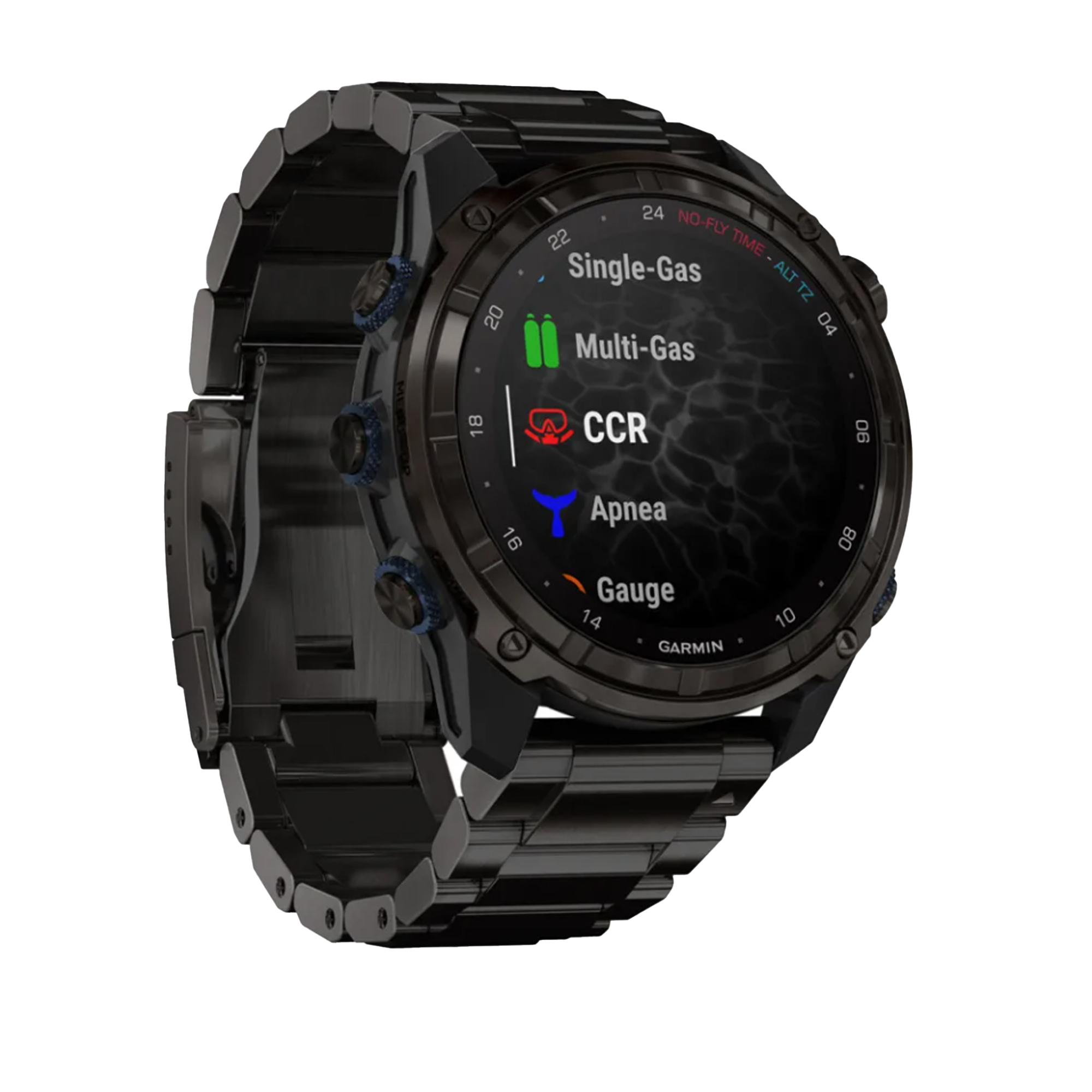

![Halcyon Infinity 30lb System [SS Small Backplate] Halcyon Infinity 30lb System [SS Small Backplate]](/diveshop/images/halcyon/Halcyon-Evolve-Wing.jpg)


















































































































